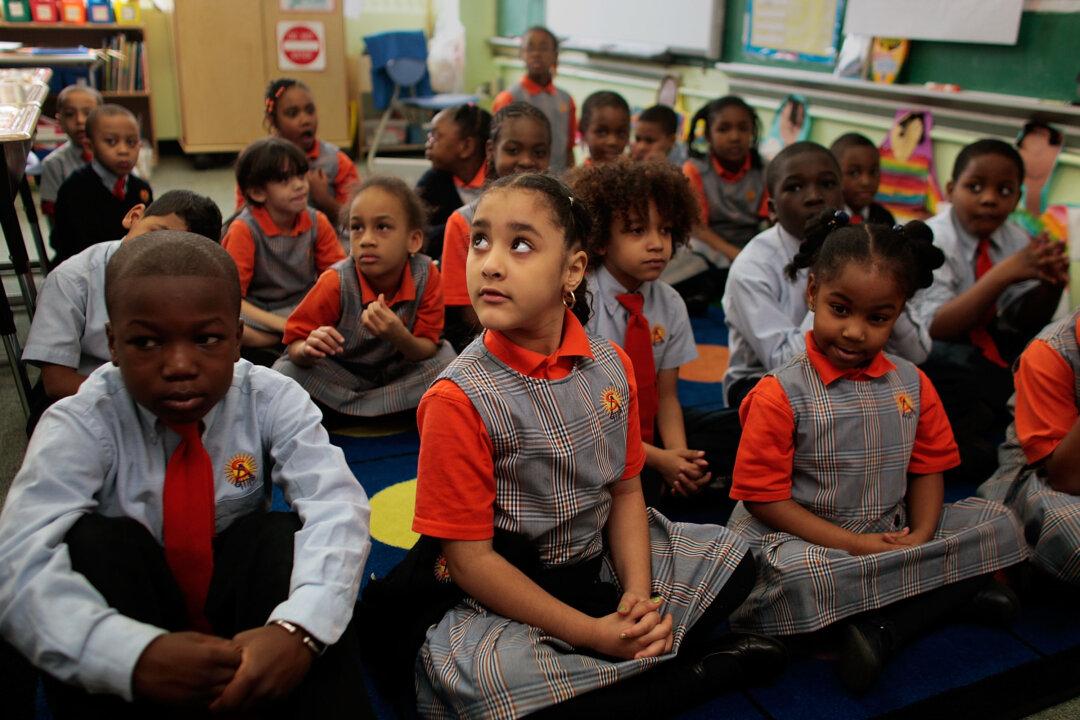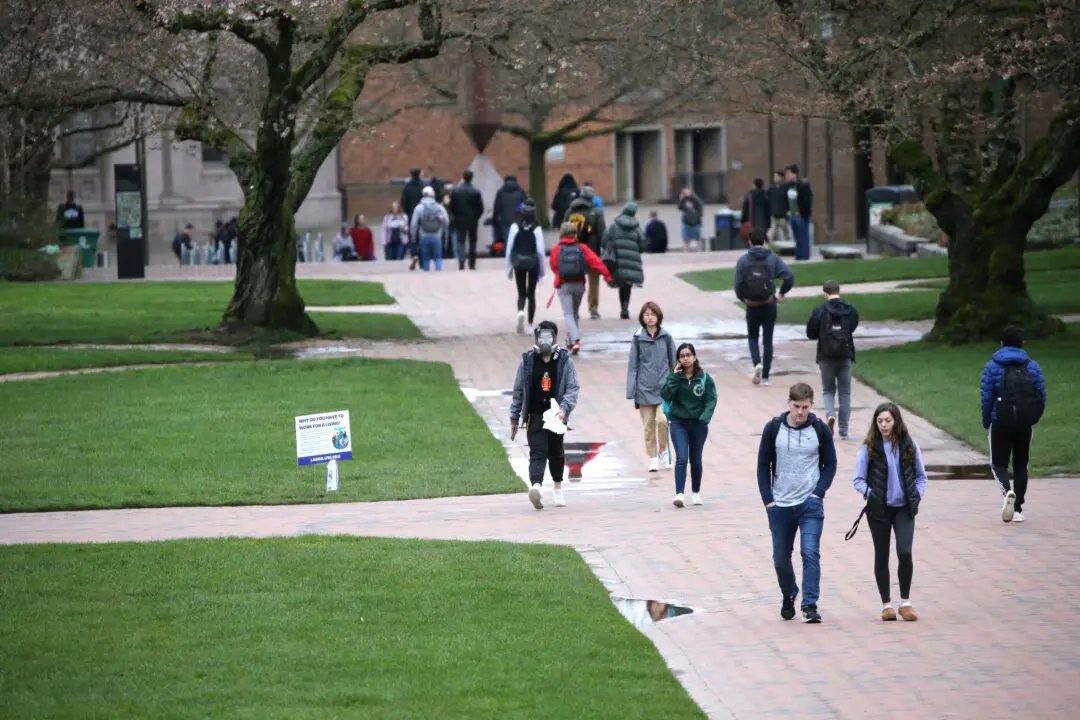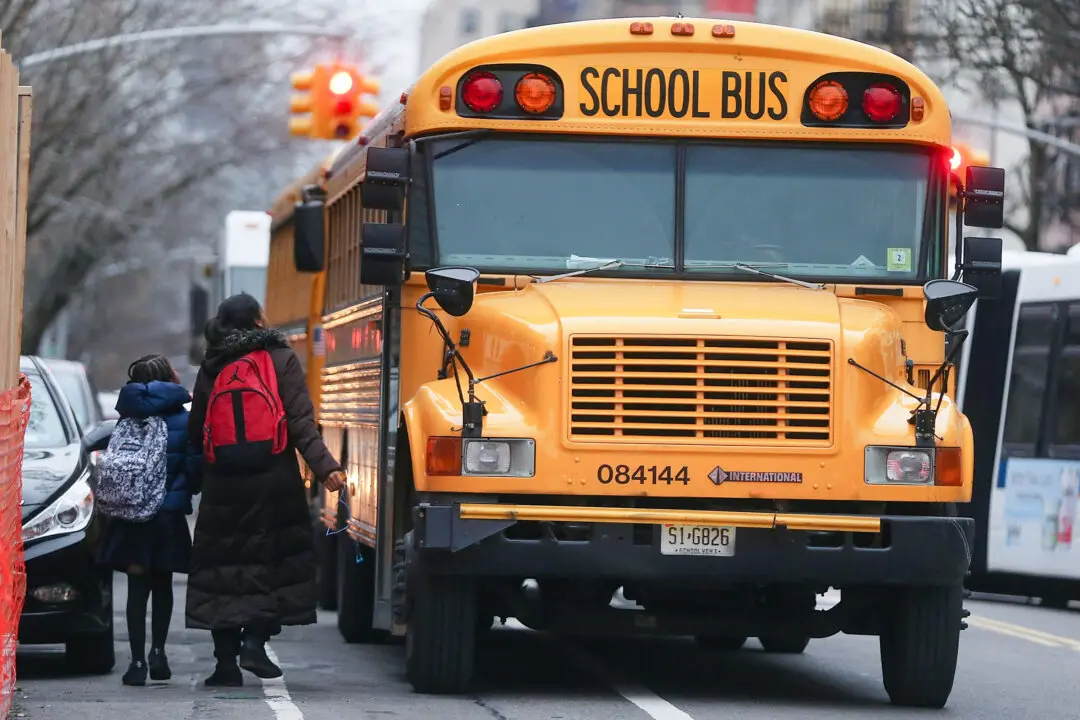Teacher unions have long advocated reducing class sizes by hiring more teachers. A national education policy organization takes a different approach.
“Shrinking class size is not guaranteed to [improve] student outcomes,” Heather Peske, president of the National Council on Teacher Quality (NCTQ), said during an Aug. 16 interview with The Epoch Times.





